Journey Through China’s Sacred Halls: A Pilgrimage to Timeless Spiritual Sanctuaries

China’s temples are more than places of worship; they are custodians of dynastic legacies, architectural marvels, and living embodiments of philosophical traditions. Spanning over 2,000 years, these sacred sites blend indigenous Taoist principles with Buddhist influences from the Silk Road, creating a spiritual tapestry unique to East Asia. Whether you seek the serenity of Zen gardens, the thrill of martial arts heritage, or the weight of imperial history, these temples offer transformative journeys into China’s soul.
The Pantheon of Chinese Spirituality
White Horse Temple(Baima Temple) (Luoyang, Henan)
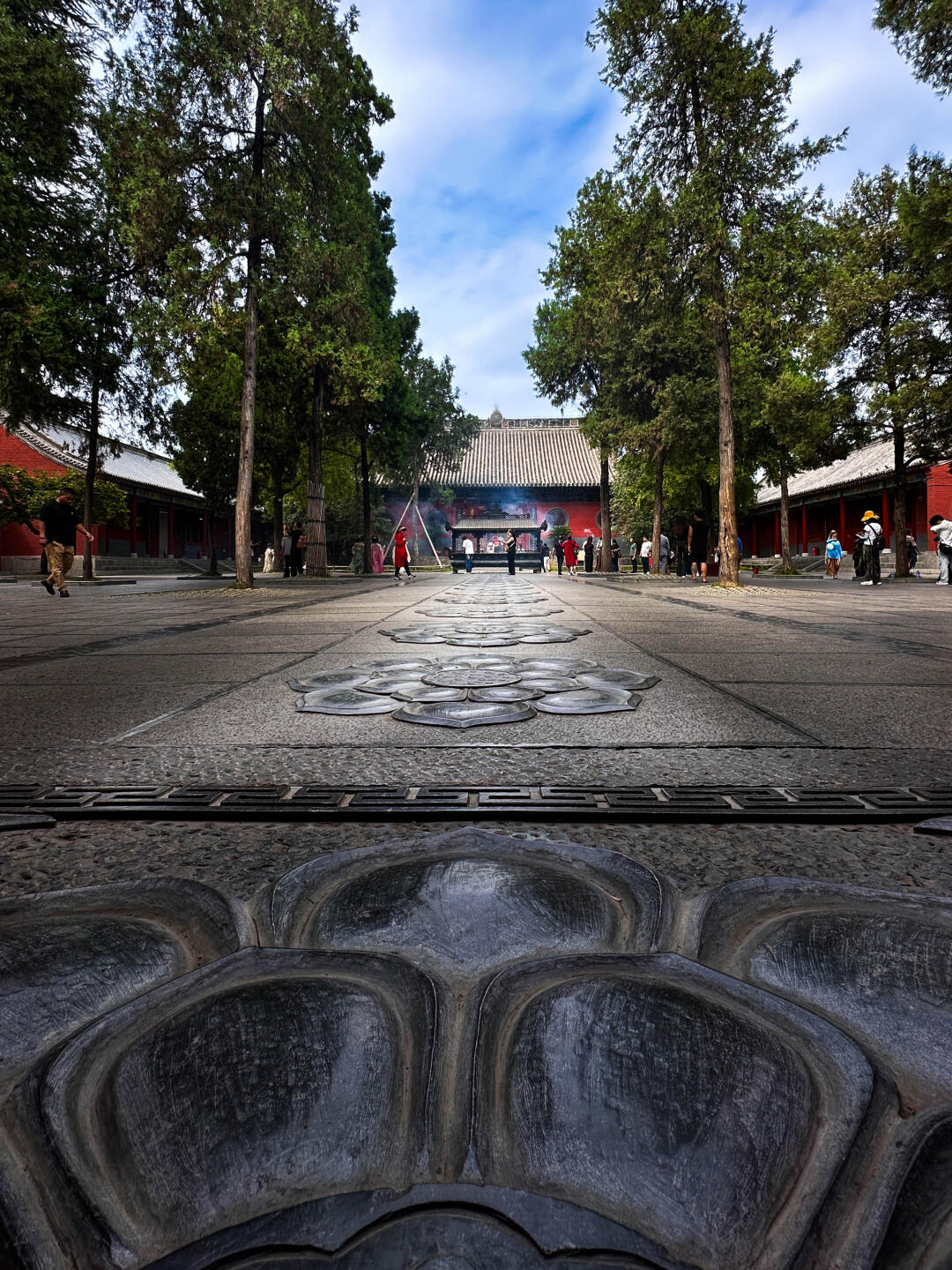
Established in 68 CE during the Eastern Han Dynasty, this UNESCO site is revered as China’s first government-built Buddhist monastery. Its architecture narrates the spread of Buddhism along the Silk Road, featuring Indian, Thai, Burmese, and Chinese pavilions—a testament to religious diplomacy. Don’t miss the Qiyun Pagoda, a 13-tiered brick structure symbolizing the fusion of Chinese and Gandharan styles.
Lingyin Temple (Hangzhou, Zhejiang)
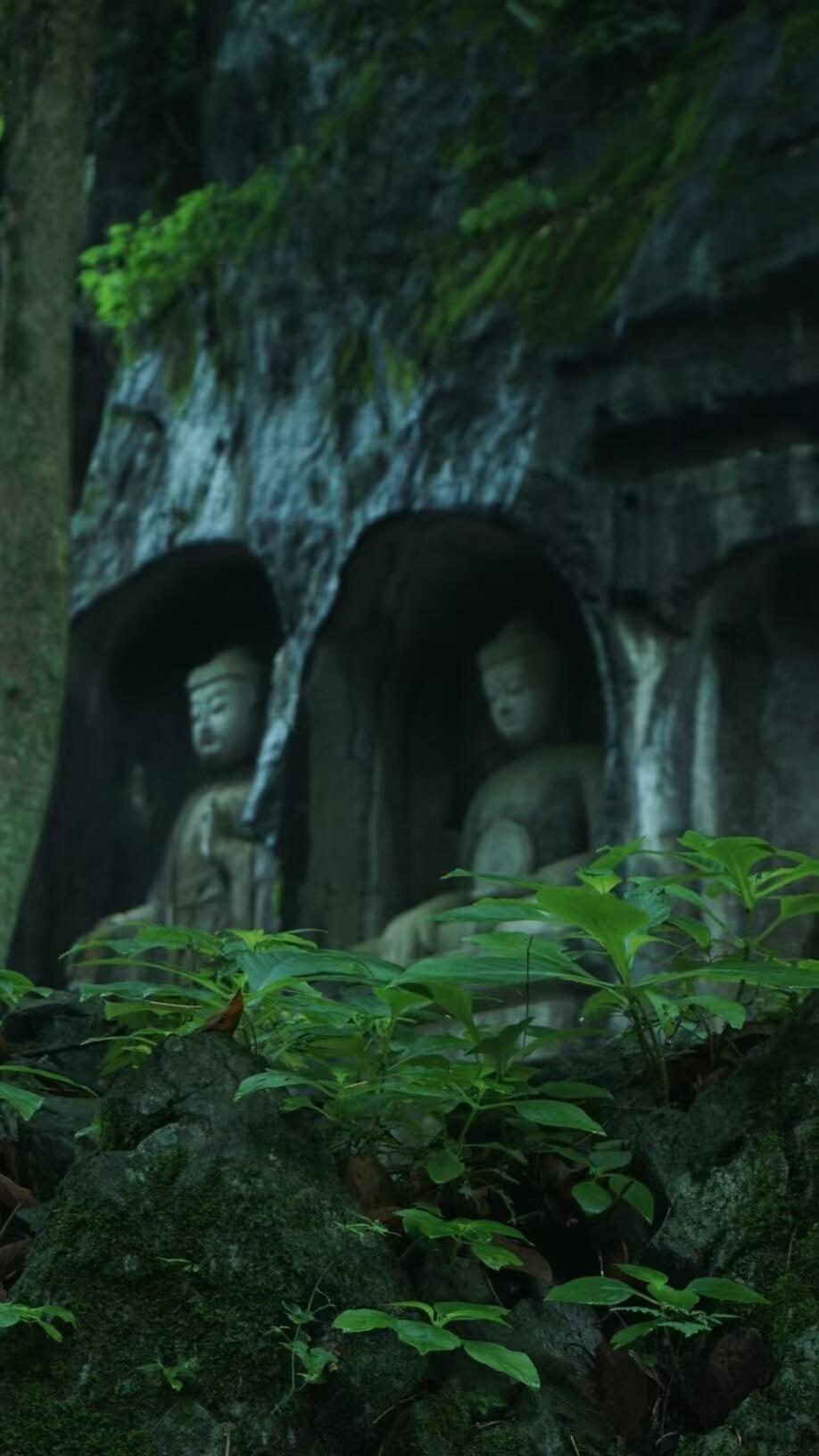
Nestled in Hangzhou’s misty peaks, this 1,700-year-old Zen sanctuary is where nature and devotion intertwine. The Feilai Feng grottoes, carved with over 470 Tang and Yuan-era Buddhist statues, flank the temple’s entrance. Legend claims the eccentric monk(JiGong) once meditated here, his spirit said to linger in the ancient camphor trees.
Shaolin Temple (Zhengzhou, Henan)
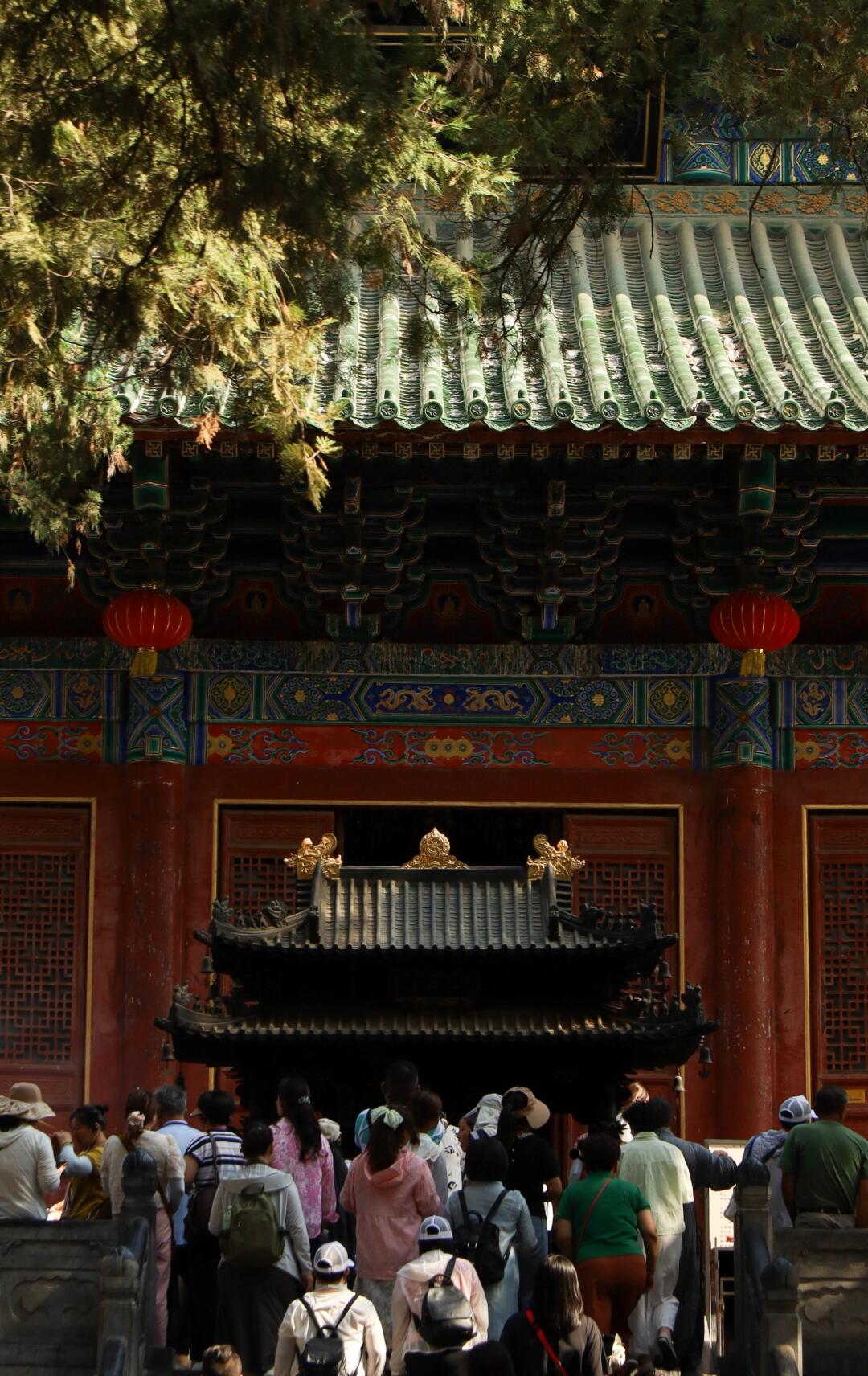
Birthplace of Chan Buddhism and Kung Fu, this 5th-century complex redefines monastic life. Watch wushu masters perform the explosive “Eighteen Arhats” forms at dawn, then hike to the Dharma Cave where Bodhidharma allegedly meditated for nine years. The stele forest houses calligraphy by emperors like Taizong, who honored Shaolin monks for saving his dynasty.
Jokhang Temple (Lhasa, Tibet)
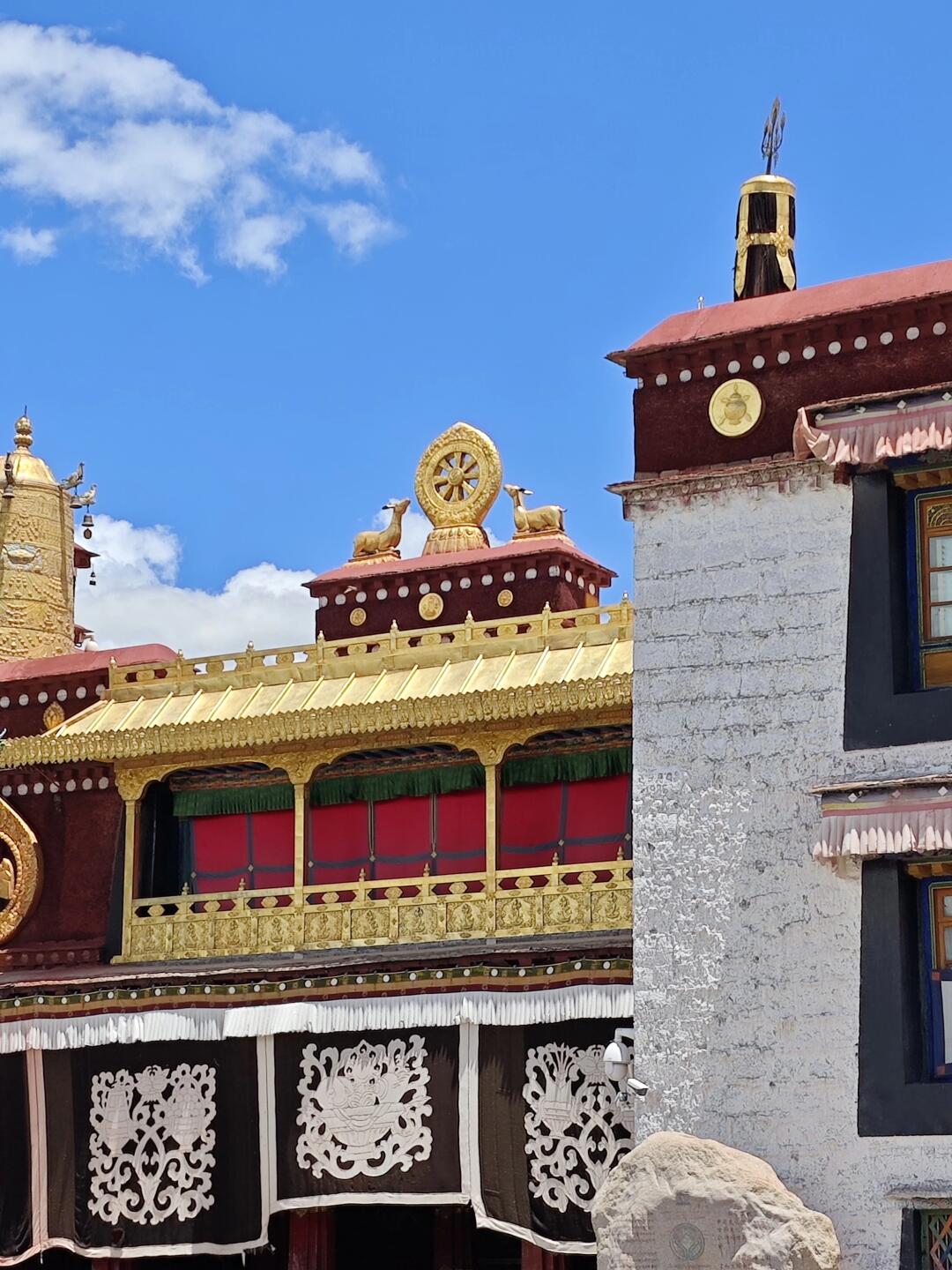
Tibet’s spiritual heart enshrines a 7th-century gilt statue of Sakyamuni Buddha, brought by Princess Wencheng. Pilgrims prostrate themselves on the Barkhor Circuit, their murmurs mingling with the scent of yak butter lamps. The temple’s hybrid Nepali-Tang architecture—with its golden gaṇḍa finials—is a UNESCO masterpiece.
Xuankong Temple (Datong, Shanxi)
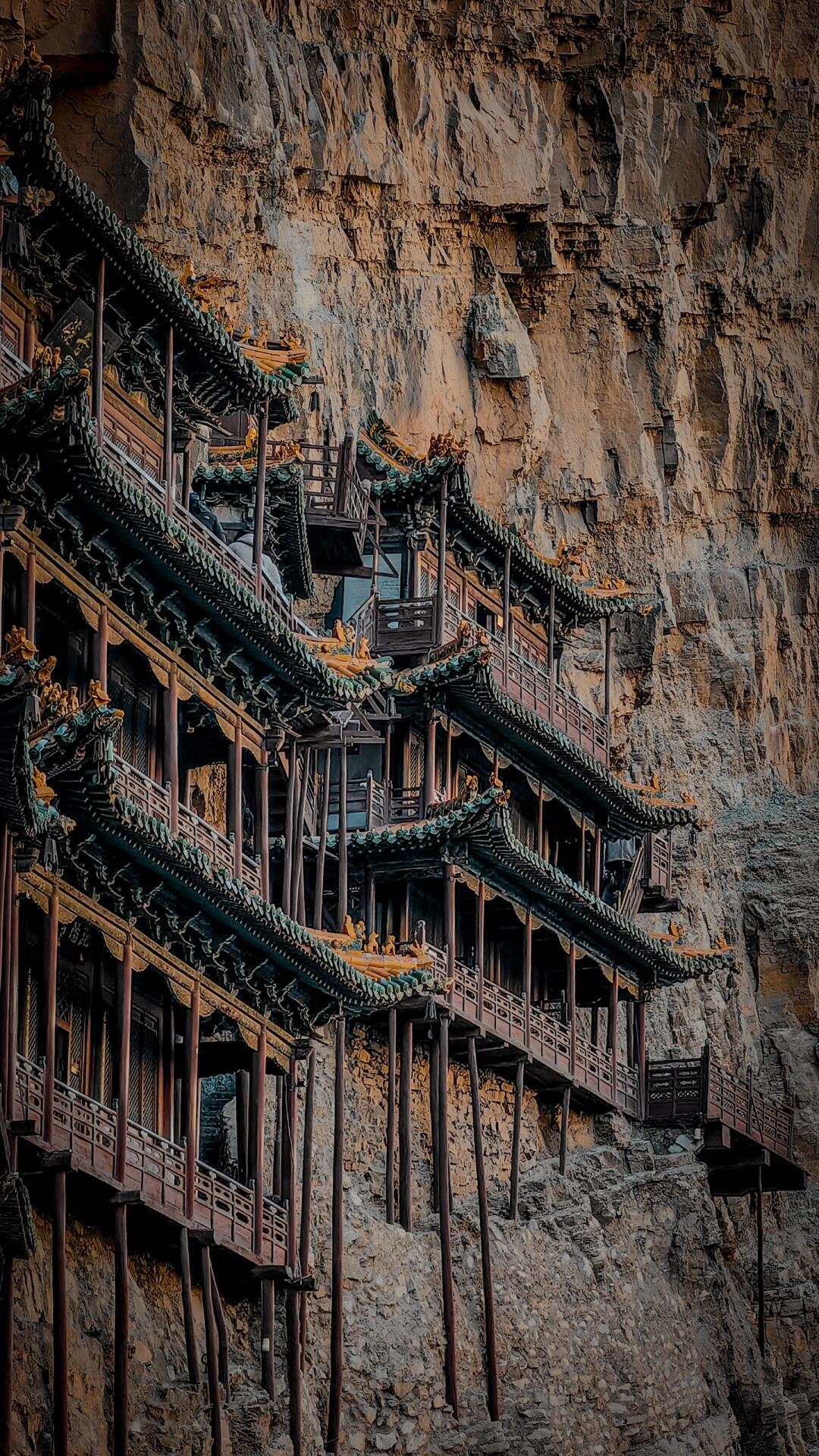
Defying gravity on Hengshan’s cliffs, this 1,500-year-old “Hanging Temple” harmonizes Buddhism, Taoism, and Confucianism. Its 40 timber rooms cling to rock via crossbeam cantilevers—an engineering feat that survived 40 earthquakes. The Three Sages Hall simultaneously enshrines Lao Tzu, Confucius, and Sakyamuni, embodying China’s pluralistic ethos.